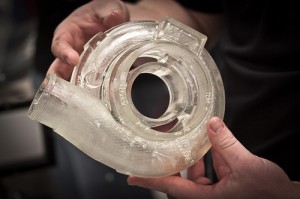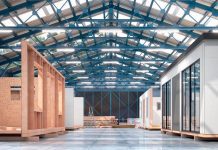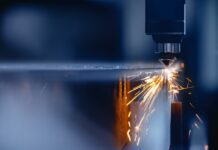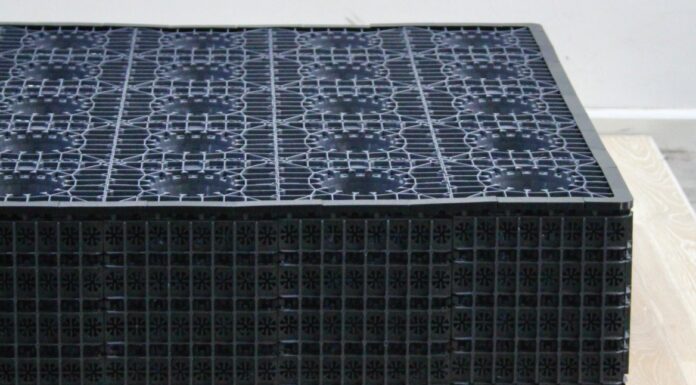Stereolithography and digital light processing are steadily imposing their presence in the growing world of 3D printing technology.

Image credit: flickr User: goapr
A feature written by Signe Brewster on GigaOM reveals that the sovereign rule of undisputed fused deposition modelling (FDM) 3D printers may come to a premature end as stereolithography and digital light processing are becoming worthy challengers to the 3D printing throne.
Stereolithography (SLA) and digital light processing (DLP), which use a laser and projector respectively to deliver liquid resin layer by layer, are experiencing a giant leap forward, much similar to the one FDM printers went through these past few years.
FDM works by melting strings of plastic and then laying down the resulting goo layer by layer. It has always been the most popular choice of 3D printing technology , but now it looks like things are about to change.
As prices are continuously dropping and options are expanding, FDM manufacturers are starting to feel the heat from the forthcoming avalanche of new 3D printing solutions.
One Charles Hull is the maker of the first SLA printer. He developed the technology in the 1980’s and then used it to found 3D Systems, which has since developed into one of the two 3D printing giants in the U.S. Much like other forms of 3D printing, it had to wait until the personal 3D printing own “big bang” to gain any kind of public awareness for its existence.
Its long awaited debut on the big stage came as the Formlabs Form 1, a desktop machine built by MIT Media Lab veterans. The printer hit Kickstarter in September 2013, earning nearly $3 million in just one month.
Although shipments to backers were executed with a delay of several months, the printer was met with positive reviews and is now available for order online for $3,299. The initial success prompted investors to pour $19 million in Series A funding into Formlabs in October.
3D systems sued Formlabs in November 2012 for violating newer patents covering improvements to the printing method, after the older SLA patents had expired. The two companies are now locked into settlement talks.
2012 was the year of birth and introduction of the Form 1, B9 Creator and many more DIY options. 2013 brought forth five semi-successful printers on Kickstarter and IndieGoGO, plus the more interesting $100 Peachy Printer and portable LumfiFold.
The world is bracing itself for the invasion of the SLA/DLP printers in 2014. The printers planned for 2014 include the Solidator, Pegasus Touch, OWL Nano and LightForge, all of which look like they could at least match the performances of the Form 1, which is good news.
SLA and DLP printers are capable of printing higher quality items at a greater speed than FDM printers. An SLA laser can also move faster than an FDM printer’s print head, while DLP printers can cure an entire layer of material at once. The one big downside of this is the price tag. SLA and DLP printers are much more expensive, both in the price for the machine and for the resin in which they print.
All in all, it is way too premature to discard the FDM printers as an obsolete technology, but it is safe to say that the era of the cartridge-based SLA/DLP printers is sure to come sooner rather than later.




















